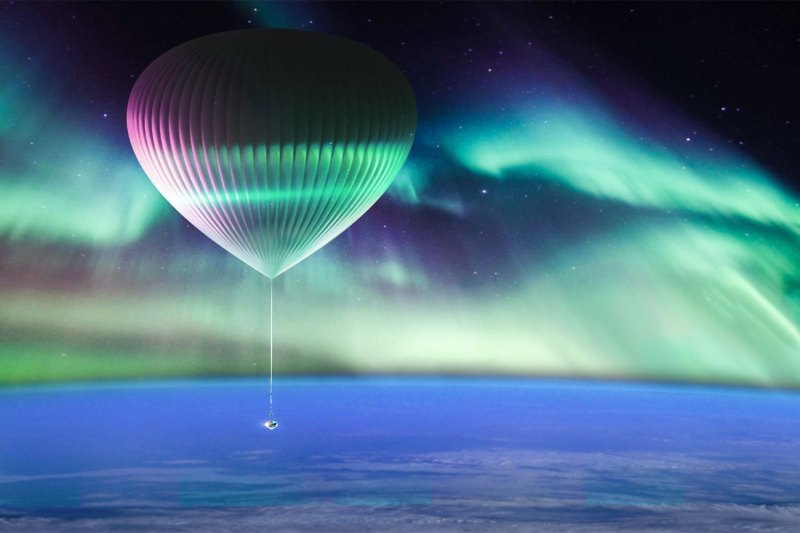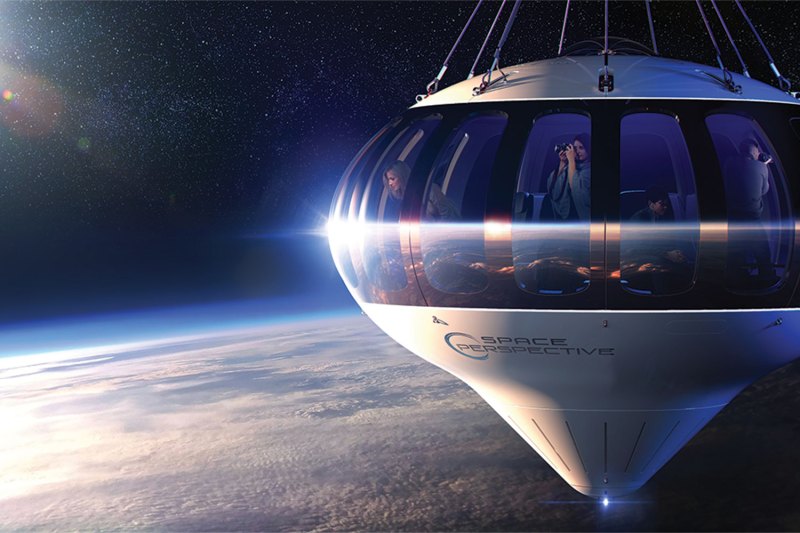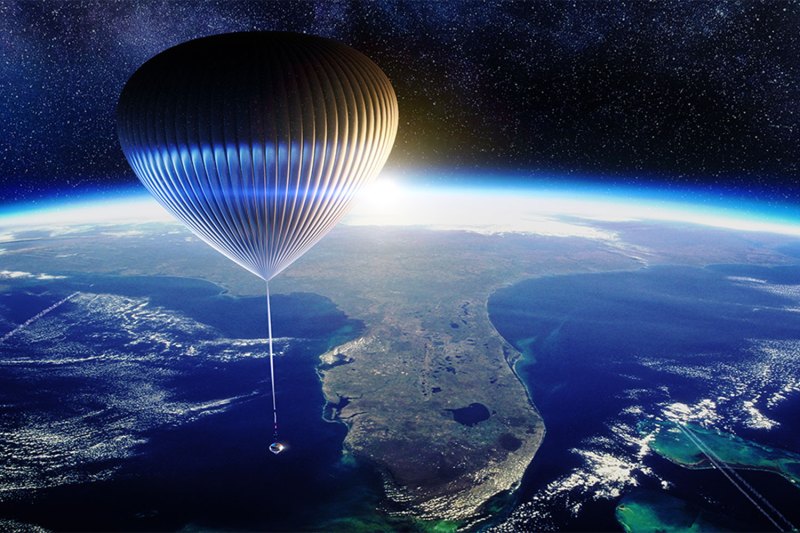Billionaire visionaries like Elon Musk and Jeff Bezos are promising to ferry paying passengers into space over the next few years. But, even after commercial space tourism becomes a reality, it’ll be a while before the common man can afford a ticket to an orbiting resort. Until then, edge-of-space balloon rides might be the next best thing. One pioneering company is promising just that.

Space Perspective is touting flights to the edge of space in a one-of-a-kind “high-performance balloon and pressurized capsule.” The vessel, dubbed the Neptune Capsule, will take up to eight passengers to an altitude of 100,000 feet — nearly 19 miles — above our planet. That’s high enough to see the curve of the earth and the deep black of space as well. Unlike the jarring, white-knuckle experience associated with traditional shuttle flights, the Neptune capsule promises a smooth, first-class ride from takeoff to touchdown. Massive, tinted windows will afford unparalleled views in every direction. Passengers can wear street clothes and will have access to a restroom and even a bar on board. The cabin is roomy enough to host private events like intimate concerts, small weddings, or business meetings.
The balloons are slated to launch from Florida’s Kennedy Space Center and the rides will last about six hours. Passengers will lift off and rise higher than any commercial jet (45,000 feet) and even the U.S. military’s state-of-the-art U2 spy plane (75,000 feet). They’ll float at the edge of space for nearly two hours before beginning a gradual descent. Neptune will splashdown in the Atlantic Ocean, where passengers will be collected aboard a ship waiting to ferry them back to shore. A backup parachute will be ready to take over and assure a safe, slow descent if needed.

The idea of riding a high-altitude balloon to the edge of space is nothing new. NASA has relied on the technology for decades to study weather patterns and operate large research telescopes. The first person to witness earth’s curvature first-hand saw it from a similar, though much smaller, helium-lifted balloon. Neptune’s overall concept is virtually identical, only on a much larger scale. The massive, hydrogen-filled balloon is the size of a football stadium, allowing it to fly higher and with a bigger payload than any similar craft in history.

Like everything involved in space tourism right now, the Neptune Capsule project is currently in development. Space Perspective is hopeful that crewless test flights could take flight as soon as 2021, which would place it on track to launch paying customers around 2024. Wannabe astronauts can reserve their seats right now by visiting TheSpacePerspective.com. Official pricing has yet to be announced, although experts expect round-trip ticket prices of around $125,000.
If you’re ready and financially able, the International Space Station is accepting overnight reservations for paying guests right now. How you get there is entirely on you, though.



